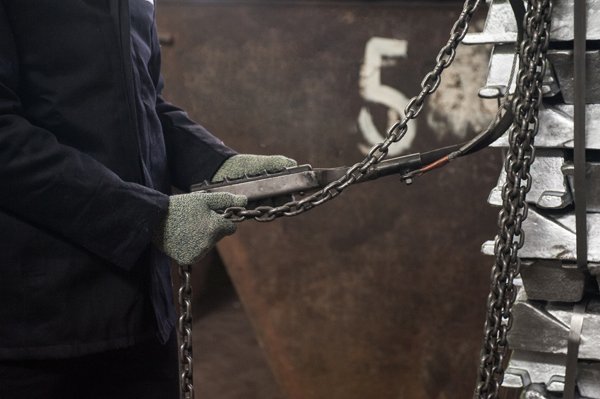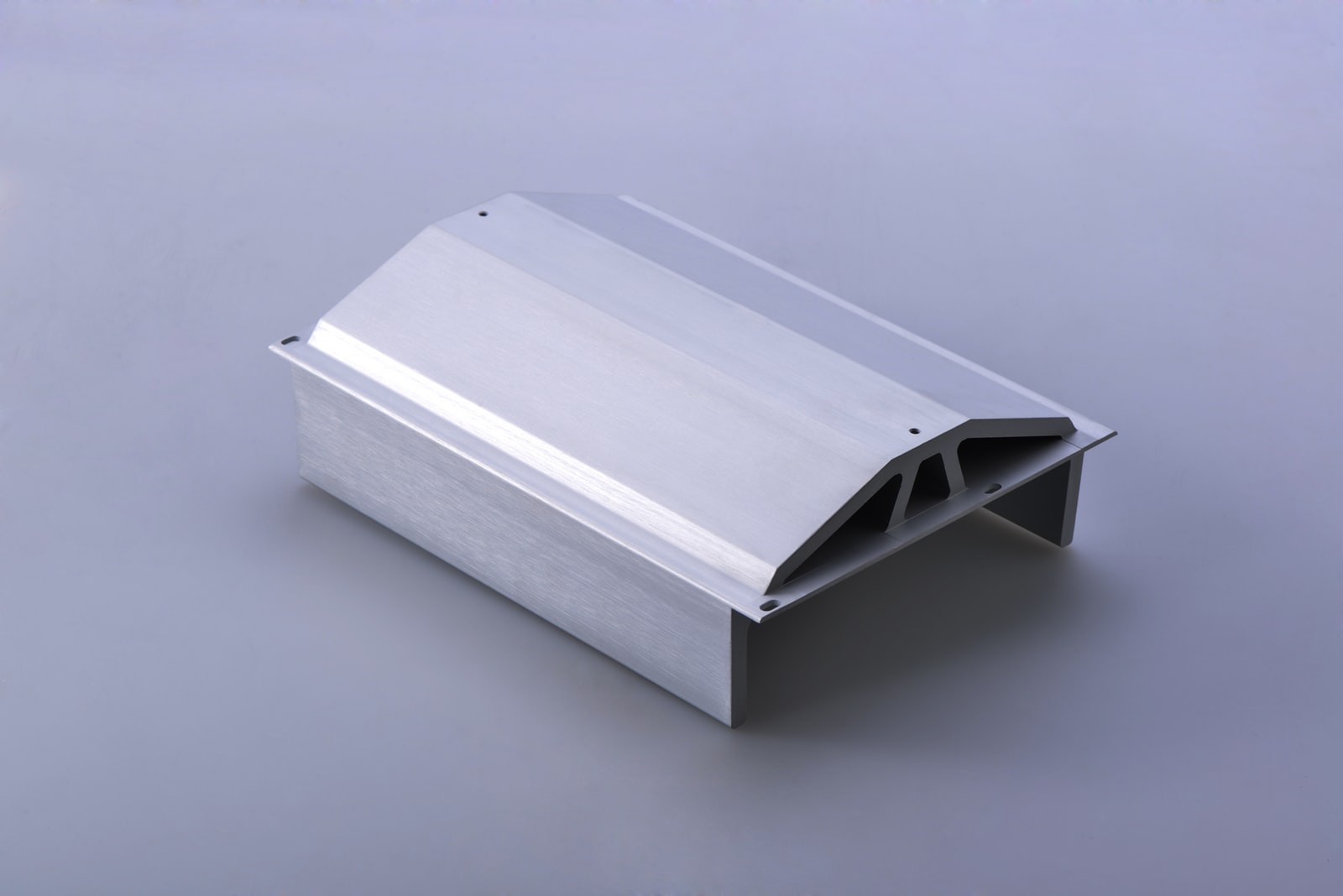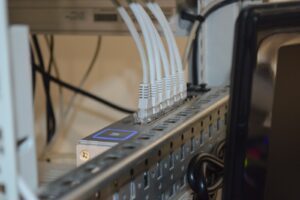Firstly, the appropriate aluminium or related alloy is selected for the desired finished profile. This comes in the form of an aluminium log, varying in both length and diameter. Before these logs are sent off to the factory they are heat treated to eliminate impurities.
When the extrusion log arrives at the plant, it is initially cut into shorter, more suitable lengths for extrusion. These new lengths are known as Billets, their length is decided by the plant machinery press capacity, and by the final length of the extrusion. The Billet is then heated to around 450°C. This temperature is decided by the complexity of the dies shape, the press’ capacity and the alloy’s aluminium content.
It is a specialised occupation, extruding aluminium and one that requires skill and dexterity, companies like Aluminium Profiles pride themselves on the service and quality they provide. View their website at www.aluminiumprofilesuk.co.uk to see their fantastic range.

Under Pressure: Extrusion Begins
Extrusion relies on heat and pressure in large amounts. The Billet pushed through the die at pressures ranging from 1600 – 6500 tonnes. The pressure forces the Billet through the die and the shape of the die forms the shape of the profile. Extrusion speed is governed by the complexity of the die and the alloy’s aluminium content. The most commonly used method of extrusion is the direct method where the Billet is driven through the stationary die by the press machine. The press force should be enough to smoothly push the aluminium through the die, too much and the metal will spill over the sides of the die. The extrusion can exit the die in varying lengths and widths.
The Two-step Cooling Process
Firstly, as the aluminium leaves the die, it has to maintain a steady temperature to continue to run smoothly. This should be around 950°C but the temperature obviously varies depending on the aluminium content of the alloy. Secondly, the newly extruded profile is rolled down a fan-lined table, the purpose of which is to begin the ‘tempering’ process. Sometimes alloys are also cooled using liquids. Once the profile reaches the desired length, its cut off and carried to the cooling table where the different pieces are stacked, ready for the next stage of the process.
Stretching, Cutting and Ageing
As the extruded aluminium cools down they tend to bend and warp, so they are stretched to straighten out any kinks. The long sections of aluminium are fed on to a stretcher where jaws at either ends of the extrusion apply a measured force, pulling away from one another. This straightens the curved extrusion and effects the molecular alignment within the metal, improving strength and hardness. After stretching, extrusions can range from two to fifty metres long. Finally, the extrusions are ‘aged’ or heated in large industrial ovens, this process ensures that the different alloys correspond to strict standards of strength.
The whole process takes knowledge, precision and care that only specialist aluminium extrusion manufacturers are capable of.


